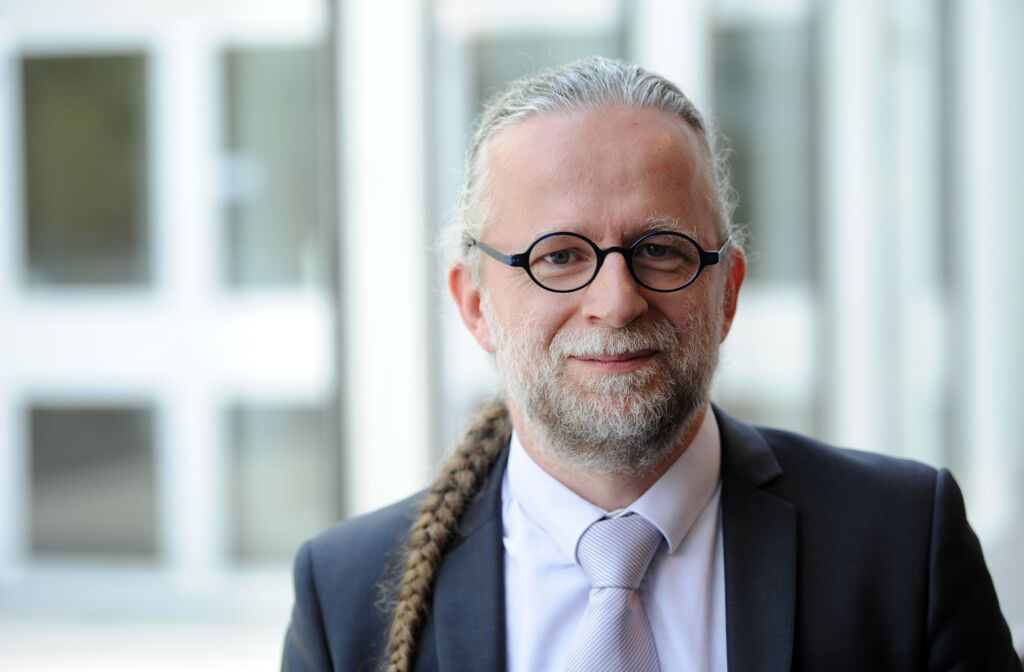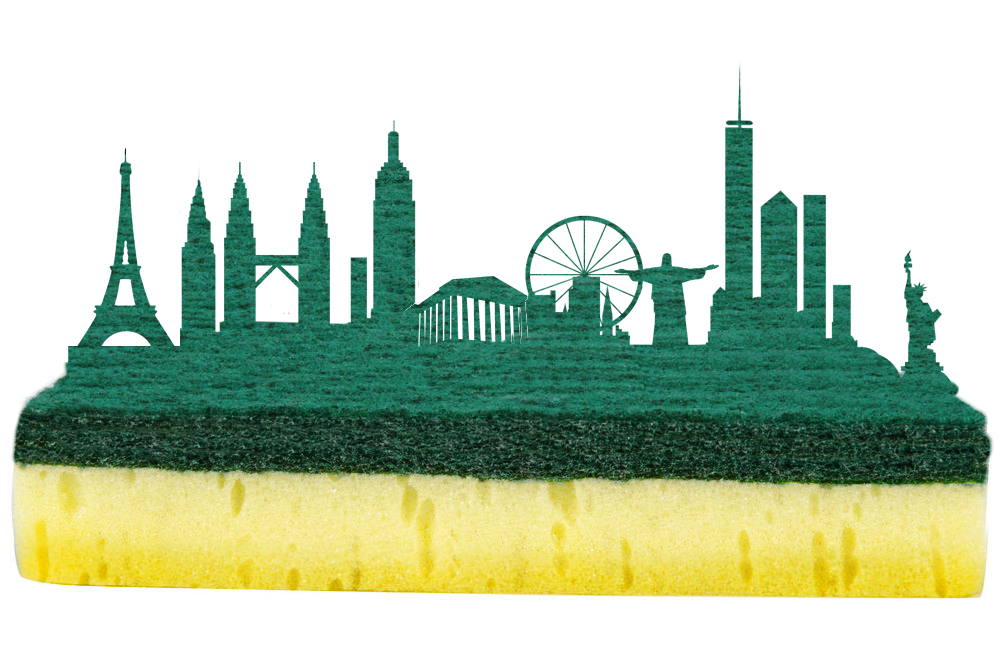
Photo: herve
How Greater Lyon is using IoT to create open innovation ecosystems
04 December 2017
by Jonathan Andrews
Lyon was the first city in France to create a dedicated position of Chief Digital Officer (CDO), followed by Paris. How are other French cities looking at Greater Lyon’s CDO model in terms of their own governance?
Lyon’s originality lies in its creation of a department which deals with the entire digital life cycle: the creation of administration services (legacy), the creation of user services, governance of general interest data in the area, digital development in the area and open innovation to take advantage of digital opportunities in the transformation of public policies.
Digital technology is no longer seen as a resource function but as a public policy in its own right, with the development of the area as its vocation.
Lyon is also the first to have created a Chief Data Officer position in a local government. This position is essential to facilitate data flow in the area and accompany the transformation of data into value-added services.
You said in London during the 2020 Cities May meeting of CIOs–organised by Cities Today–that cities need to “turn the sock inside out”. What did you mean by this and is this the approach you take in your day-to-day role?
In the past, the city of Lyon’s information system has been built ‘from the inside’ to meet the government’s needs.
Now, we have to meet not only the government’s needs but also those of the users. We must also work in partnership with the private sector: experimenting together and promoting private initiatives. Therefore, the city’s information system must remain coherent. Consequently, we are in the advantageous position of being smart city organiser and co-creator with the area’s main players.
It’s a state of mind that we need to adopt on a daily basis.
Greater Lyon is one of four cities involved in the European Union’s bIoTope programme that uses IoT, among other technologies to create open innovation ecosystems. The project is now more than halfway through and ends in December 2018. What results can you can share at this stage?
More than 2,200 bottle banks are located in the 59 towns forming Greater Lyon.
Until now, collection management and truck routes have been based on the collection companies’ experience and internal tools. A sensor-based solution was deployed in 2015-2016 at 10 bottle banks, enabling us to know, at an hourly frequency, the filling rate of each bottle bank. This proof-of-concept has demonstrated that the knowledge of the filling rate could enable significant optimisation in the collection process.
The pilot aims to deploy sensors at approximately 10 percent of the bottle banks and will integrate with the bIoTope ecosystem and the main actors and objects involved in the glass recycling process–bottle banks (with dashboards for the recycling unit), citizens (with a citizen-oriented portal or application) and collection companies and their trucks (with route planning and connected navigation systems).
The tools developed in the bIoTope project will be used to build new services enabling interactions between these actors and connected objects. Other relevant information sources such as road congestion, weather forecasts, citizen complaints about truck noise and special events in the town (including predictive capabilities) will be considered.
The use case aims to:
- Upgrade service quality for citizens, by avoiding full bottle banks.
- Improve information and the service to citizens. In case of a full bank, an indication of the nearest available bank is shown.
- Ensure a better quality of city as streets will be cleaner.
- Reduce pollution and noise.
- Reduce the number of glass collections, triggering a reorganisation of the truck routes depending on how full the banks are.
- Reduce the length and duration of routes by avoiding traffic jams and works zones.
- Lower costs.
- Reduce the number of personnel and amount of fuel required due to the reduction in the number of glass collections.
- Improve subcontractor relations with greater knowledge of glass collection relevance and efficiency and better knowledge of damage to the banks.

A second use case is heat wave mitigation. Several works or experiments have been conducted in the last few years throughout the metropolitan area in the field of climate observation, including heat waves and climate change adaptation.
One of the sites of climate observation in Lyon is the Rue Garibaldi. This street has been recently refurbished and now provides a large area for soft modes of transport and for green spaces. During the works, a large rain water reservoir was built so that water could be used to re-fill street cleaning trucks and irrigate the surrounding green spaces.
Various sensors are already deployed along the street including tree activity sensors and soil humidity sensors (tensiometers).
Other sensors or systems currently being deployed and connected in the coming months include:
- Air temperature sensors,
- Rainwater tank level sensors,
- Water debit meters, and
- Water irrigation valves.
Information coming from sensors and other sources will be analysed in order to optimise trees and green space irrigation. The solution will benefit citizens’ health by keeping the trees irrigated, which results in lower temperatures.
The system deployed should demonstrate that an IoT-based solution can be used to trigger irrigation in a smart way in order to:
- Improve inhabitants’ living conditions;
- Enhance health policy results; and
- Help the metropolis to adapt to climate, change with nature based solutions.
What will be the end result or benefit for other cities wanting to learn from Greater Lyon’s experience?
The feedback on the project is based on three levels:
- A systemic technological experiment around connected objects that takes into account the question of interoperability;
- Multi-player governance to create new services in the city: this exemplifies the concept of ‘co-creation’ of the smart city that we bring to the city of Lyon; and
- The material scope that allows for the improvement of users’ lives and optimises public action.
There was an open call inviting organisations from outside of the bIoTope consortium to join the project. What level of interest has there been to date?
We are currently reviewing the responses with the project coordinator. The players have real enthusiasm for joining the current experiments. We should thus welcome an additional player to the project on each experiment. Lyon is committed to the Urban Agenda alongside Europe, which involves partnerships between some 15 European Union cities and countries, whose aim is to build an action plan for better regulation, better funding and better knowledge.







